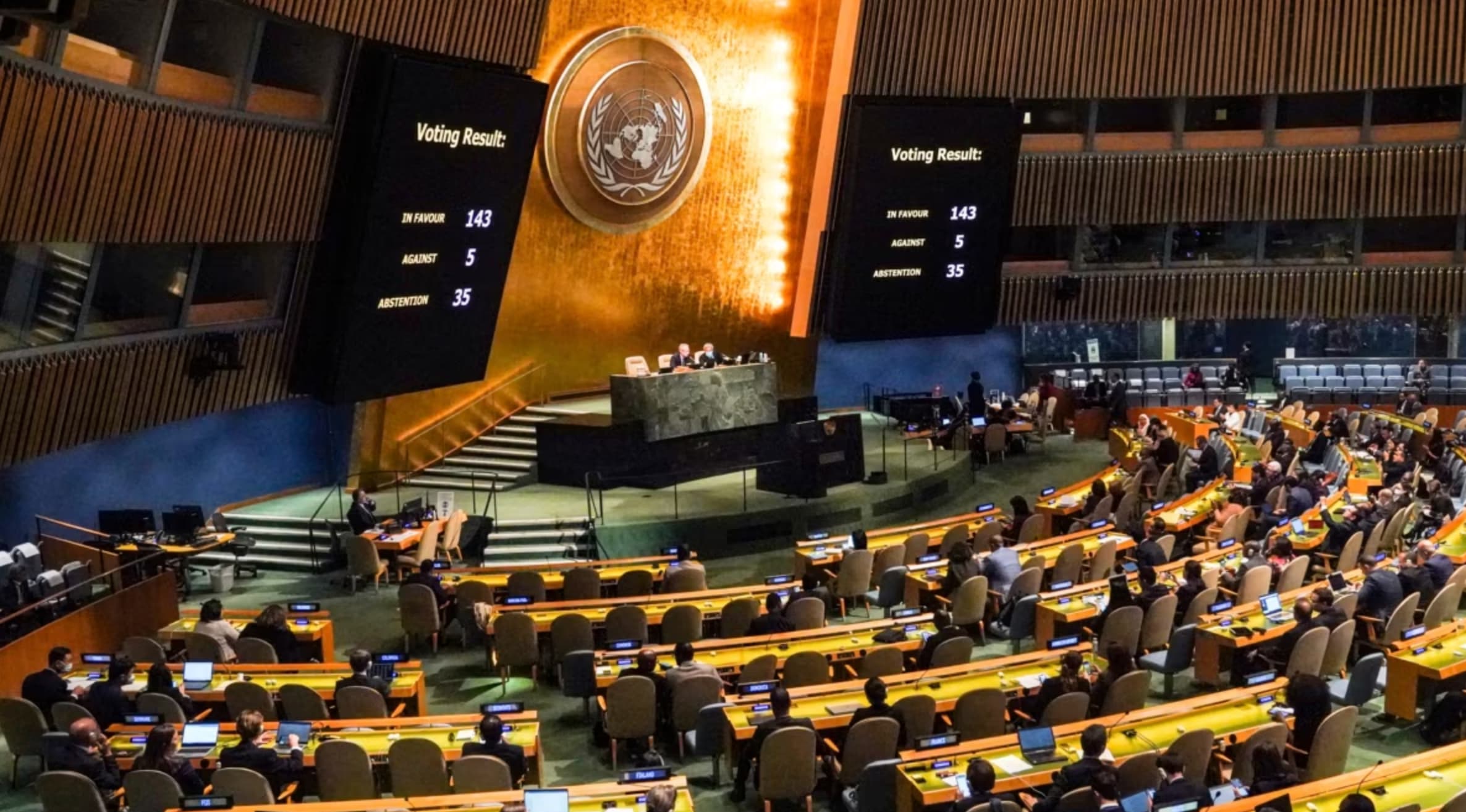Interdependency
This oak tree is embedded in a fragment of an old dry-stone wall near my home. Does the wall hold up the tree? Or is the tree supporting the wall? The tree must be close to 300 years old. The wall, therefore, must be even older. Where once the wall provided shelter and stability for a young oak tree, most of the wall has now gone. This small part needs the tree to avoid collapse.

Interdependency: A Reflection on Coexistence and Support
The image is a metaphor for all life. The tree draws life from the earth, while the wall's stones once supported its growth. This relationship, built over the years, is a testament to the balance and adaptability required for coexistence. Interdependency, whether between people, nations, societies, employers and employees, or even ecosystems, is crucial to our existence.
The Nature of Interdependency
Interdependency is a state of mutual reliance when two or more entities depend on each other for support, growth, or survival. The tree in the image symbolises life and growth, while the wall represents stability and resilience. Together, they form a harmonious whole. Neither can survive without the other.
As poet John Donne famously wrote,
"No man is an island entire of itself; every man is a piece of the continent, a part of the main."
Whether through families, communities, or global networks, interdependency shapes our personal and collective experiences.
Interdependency Among Individuals
In human relationships, interdependency implies trust, cooperation, and emotional well-being. Healthy relationships —friendships, partnerships, or professional collaborations—depend on a balance of give and take. Consider the tree and wall again: the young tree's roots found gaps in the stones to anchor themselves. The wall gains strength as the roots of the tree today bind its loose pieces together. Similarly, individuals in a relationship support and stabilise each other. The strengths of one compensate for the other's weaknesses.
Psychologist Brené Brown emphasises this in her work on vulnerability, stating that "connection is why we're here; it is what gives purpose and meaning to our lives." Genuine connection requires acknowledging our need for others and allowing ourselves to be needed in return.
Interdependency Among Societies and Nations

United Nation Assembly
Societies and nations are closely linked through trade, culture, and shared challenges such as climate change. Globalisation has highlighted the extent of this interdependency. A disruption in one part of the world—economic, environmental, or political—often creates global ripples. For example, the COVID-19 pandemic exposed how deeply interconnected supply chains are, as the shortage of medical supplies in one region affected healthcare systems worldwide.
In another example, China holds about 2.5% of all US debt (9% of the debt held outside the US). US debt represents around 25% of China’s assets. Whatever geopolitical differences there may be, their economies are closely linked.
Yet, interdependency among nations can be tense. Collaboration leads to mutual benefits, but competition and mistrust undermine relationships.
As former UN Secretary-General Kofi Annan remarked:
"We may have different religions, different languages, different coloured skin, but we all belong to one human race."
Recognising shared challenges despite our differences is a challenge. We all know climate change is affecting our world and that we can slow it down. But who pays? Who takes the lead?
Interdependency in Workplaces
The relationship between employers and employees is another example of interdependency. Employers rely on employees for productivity, innovation, and the day-to-day running of their businesses. Employees, in turn, depend on employers for financial security, professional growth, and a sense of purpose.
However, achieving a healthy balance in this relationship can be challenging. When employers exploit workers or employees take advantage of their positions, the balance is disrupted, leading to dissatisfaction and inefficiency. Successful organisations recognise that fostering mutual respect and understanding is key to long-term success. As Simon Sinek points out in Leaders Eat Last, "Leadership is not about being in charge. It is about taking care of those in your charge."
Interdependency in Nature

Nature offers countless examples of interdependency. Ecosystems, for instance, are built on intricate relationships between plants, animals, and their environments. The tree and wall in the image illustrate this beautifully: the tree thrives because of the wall’s support, and the wall endures because of the tree's roots binding it together.
One of the most well-known examples of interdependency in nature is the relationship between bees and flowers. Bees depend on flowers for nectar, while flowers rely on bees for pollination. This mutually beneficial arrangement ensures the survival of both species and contributes to a broader ecological balance.
The late naturalist John Muir observed, "When we try to pick out anything by itself, we find it hitched to everything else in the Universe." His words remind us that no part of nature exists in isolation; every element plays a role in the whole.
The Challenges of Interdependency
While interdependency has many benefits, it also presents challenges. Dependency can sometimes shift into imbalance, where one party becomes overly reliant on the other. In such cases, the relationship may strain under the weight of unreciprocated effort. For example, a country heavily dependent on another for resources may struggle to assert its independence, leading to political and economic vulnerabilities.
Furthermore, interdependency requires communication, trust, and compromise—qualities that are not always easy to achieve. Misunderstandings and conflicts can arise, especially when interests diverge or priorities clash. Yet, these challenges can often be mitigated through dialogue and a shared commitment to finding solutions.
Striking a Balance
The key to successful interdependency lies in balance. Each party must contribute to and benefit from the relationship in fair and sustainable ways. In the image, the tree and wall coexist without overpowering each other. The wall supports the tree, but the tree stabilises the wall.
Achieving this balance requires self-awareness and mutual respect. We must recognise our strengths and weaknesses, as well as those of others, and seek ways to complement rather than compete. As Mahatma Gandhi wisely said,
"Interdependence is and ought to be as much the ideal of man as self-sufficiency."
Reflections on Interdependency

The image of the tree and wall invites us to reflect on our relationships and how we depend on and support others. It reminds us that interdependency is not a sign of weakness but a source of strength. We can build stronger, more resilient communities and systems by embracing our interconnectedness.
In a world that often values independence and self-reliance, the idea of interdependency can feel counterintuitive. Yet, as the tree and wall demonstrate, true growth and stability come from working together. Whether in our personal lives, workplaces, or global interactions, we are stronger together than we are alone.
Conclusion
Interdependency is a fundamental aspect of life, shaping our relationships with each other, nature, and the world at large. The tree and wall in the image serve as a poignant reminder of the beauty and necessity of coexistence. We can create a more balanced, equitable, and harmonious future by recognising our mutual reliance.
As we navigate the complexities of our interconnected world, let us remember the lessons of the tree and wall: to support and be supported, to grow while grounding others, and to thrive in harmony with those around us. In the words of Helen Keller,
"Alone we can do so little; together we can do so much."
Worked on the article:

Wanlikhang





